Why visit Panama?
From clear turquoise seas to the coffee farms and cloud forests of Chiriquí, Panama can be as chilled out or as thrilling as you wish. You don't have to make it all the way to the Darién to get off the beaten path; go where the wild things are. Soak in the spray of towering waterfalls near highland Santa Fé. Visit one of Panama's seven indigenous groups through community tourism. Live out your castaway fantasies in the Kuna Yala or idle on a wilderness beach in Península de Azuero. Howl back at the creatures sharing the canopy. Panama is as wild as you want it to be.
With a wave of deserted islands, Panama sits poised to deliver the best of all beach worlds. And a whole other world begins at the water's edge. Seize it by scuba diving with whale sharks in the Pacific, snorkeling the rainbow reefs of Bocas del Toro or setting sail in the indigenous territory of Kuna Yala, where virgin isles wear nary a footprint. Meanwhile surfers will be psyched to have world-class breaks all to themselves. Hello, paradise.
What does Panama bring in mind?
Panama Canal
The Panama Canal stands as one of the world’s greatest feats of engineering. Visitors can take either a partial or complete crossing of the canal. Crossings take four to eight hours. Many visitors choose to explore the canal by visiting the Miraflores Locks Museum. From the restaurant located at the top floor of the museum, visitors can watch transiting vessels in the canal below.
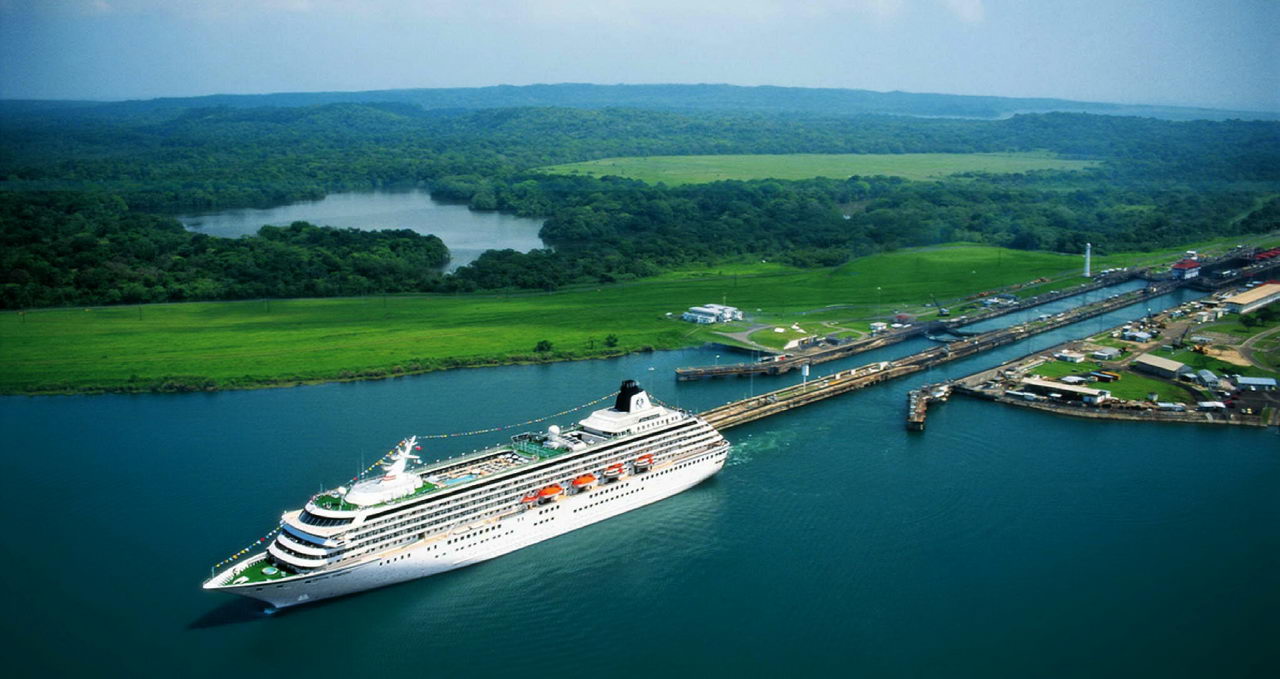
|
San Blas Islands Located in Eastern Panama, the San Blas Islands is the best place to explore the rich culture of Panama’s indigenous people, the Kuna. The Kuna people view this area as their own but are warm and welcoming to visitors. One member of the tribe is stationed on many of the area’s tiny tropical islands, and for a nominal fee, they allow visitors exclusive use of the island for the day. |
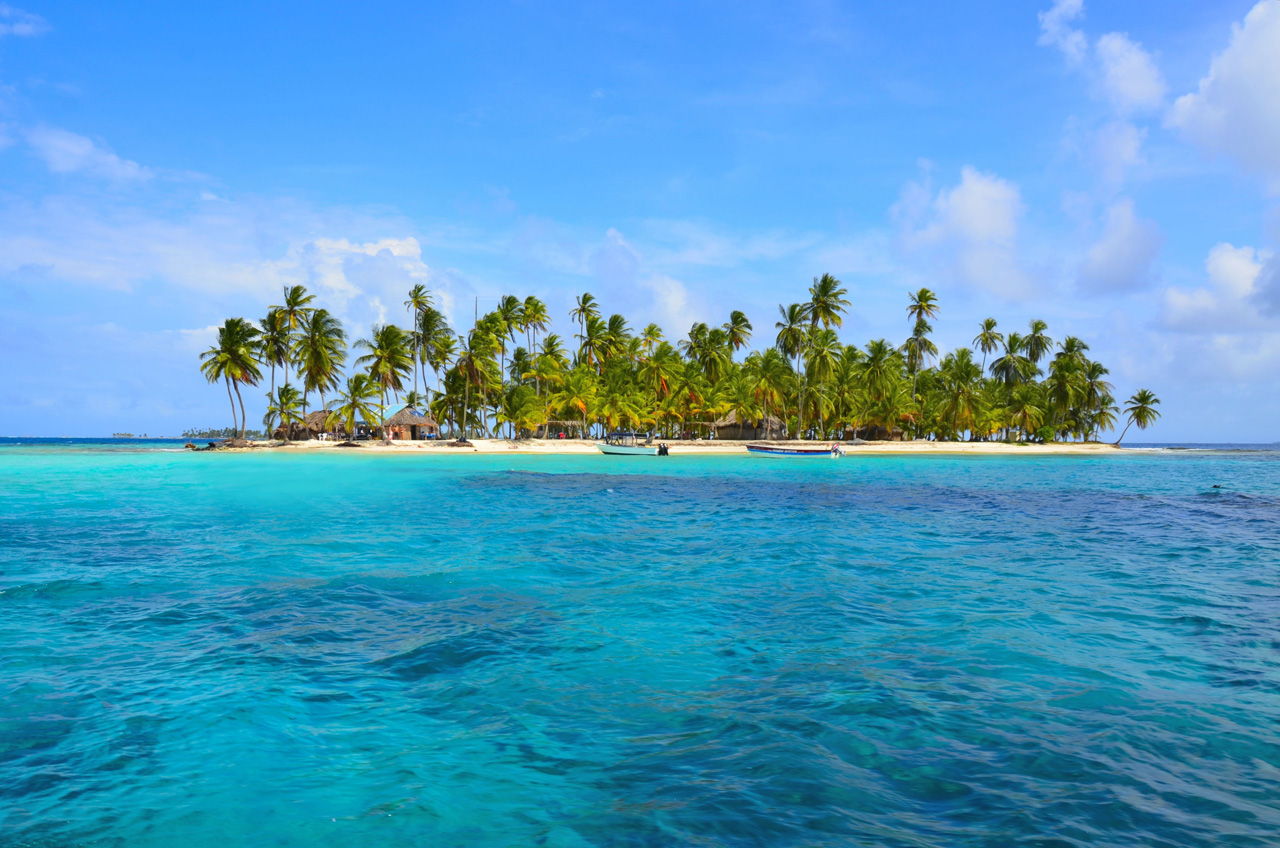 |
Coiba
The waters of Panama are unmatched in their level of marine diversity, and nowhere is this more evident than in the Coiba National Marine Park. The island of Coiba is the largest island in the park, as well as the largest island in all of Central America. More than 800 species of marine life are present in the area. The park is known as one of the best places to enjoy snorkeling and scuba diving on the Pacific Coast.

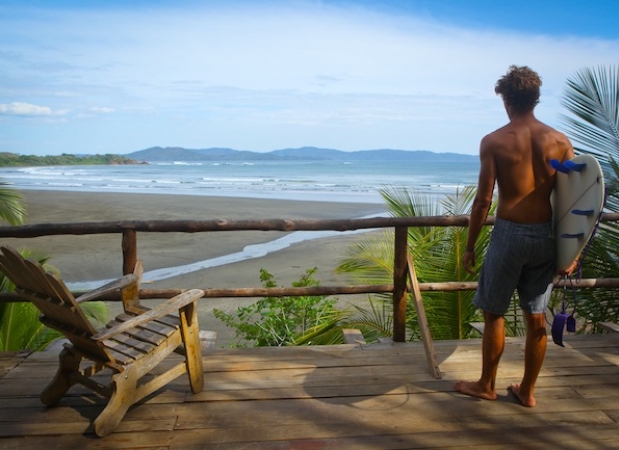 |
Santa Catalina The international surfing community has tried to keep this idyllic spot a secret, but the word is out that Santa Catalina offers world-class surfing. Located on the Chiriquí Gulf, the town doesn’t offer a lot in the way of amenities, but its beautiful beach surrounded by jungle forests makes it an ideal destination for those who wish to enjoy Panama’s natural beauty. |
Bocas Town
The capital of the Bocas del Toro Province, Bocas del Toro is a favorite spot for scuba divers, and as the dives are shallow, it’s particularly suited for particularly for beginners. An extensive coral reef features colorful varieties of tropical fish. Discovered by Christopher Columbus in 1502, the area remains one of the most popular tourist attractions in Panama. In Bocas del Toro, visitors routinely hike through the lush rainforest to enjoy empty stretches of beautiful shoreline.
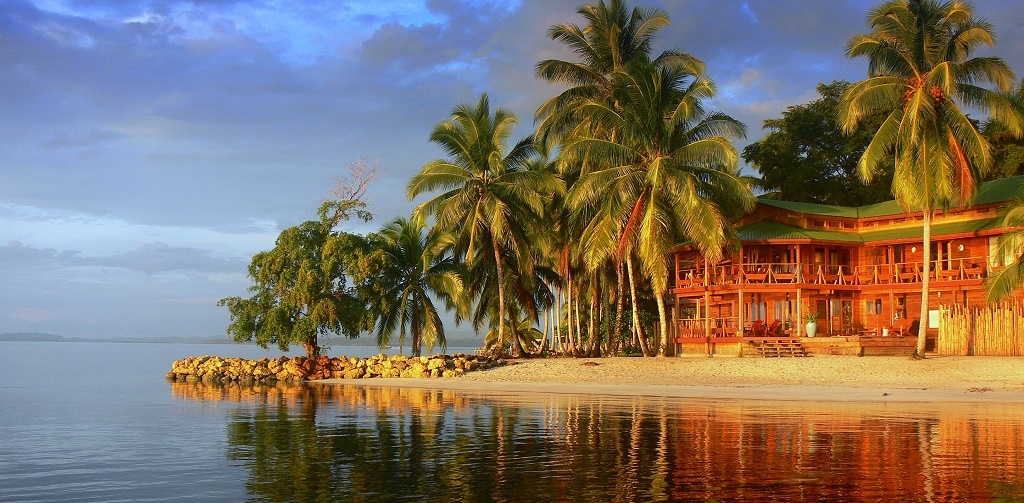
|
Playa Las Lajas A beautiful beach that extends for more than 13 km along the Gulf of Chiriqui on the Pacific Coast. With little current and perfect water temperatures, Las Lajas is ideal for swimming and bodysurfing. Rustic shacks and cheap restaurants are clustered on the beach at the end of the road. For now it remains a hidden treasure still undiscovered by the large hotel chains and hordes of tourists. |
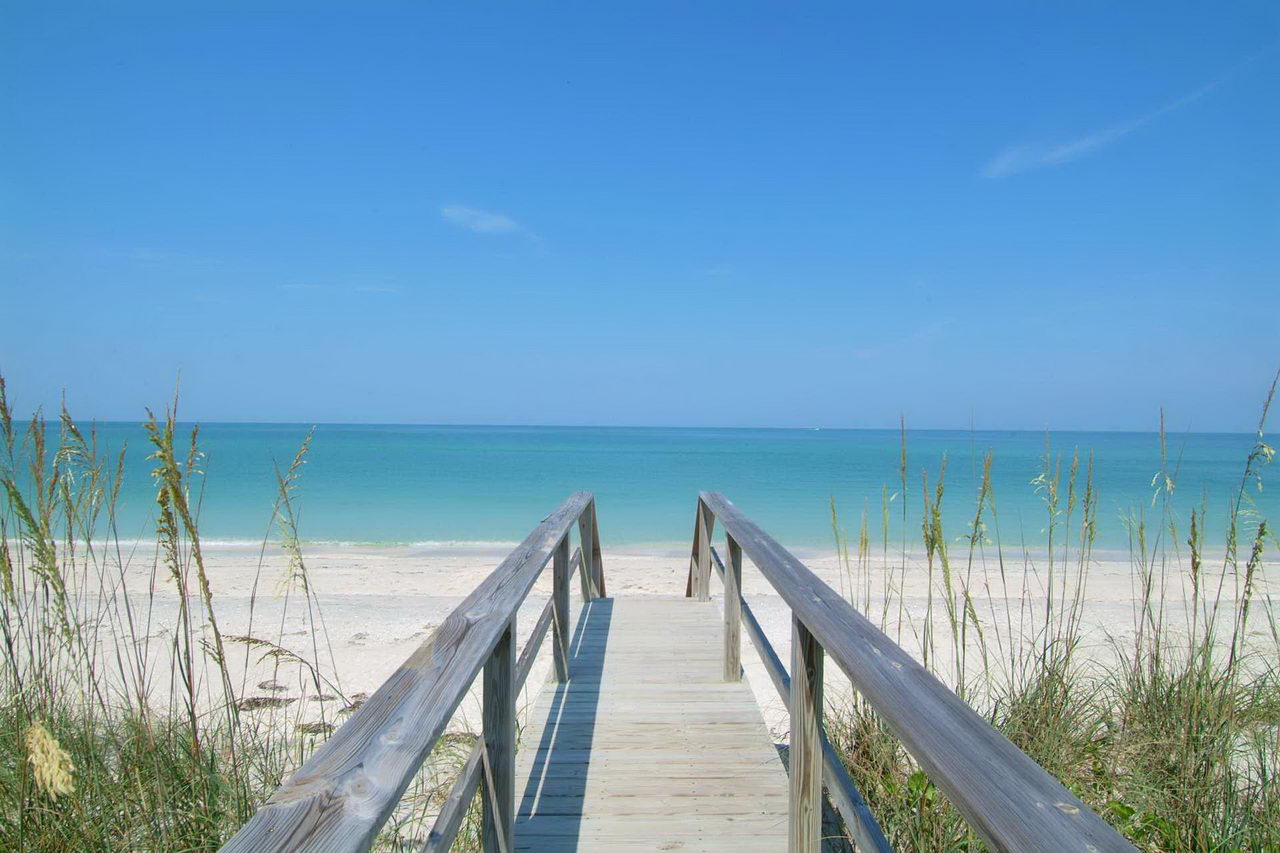 |
Isla Taboga
Located about 20 kilometers from Panama City, Isla Taboga is Panama’s favorite escape out of the city to bathe in its sandy beaches, ride Jet Ski’s, speed boats and fishing charters. First settled by the Spanish in 1515, Isla Taboga has a charming village with the second-oldest church in the western hemisphere, a few narrow streets with a few restaurants and great views to Panama City from the top of the Island.
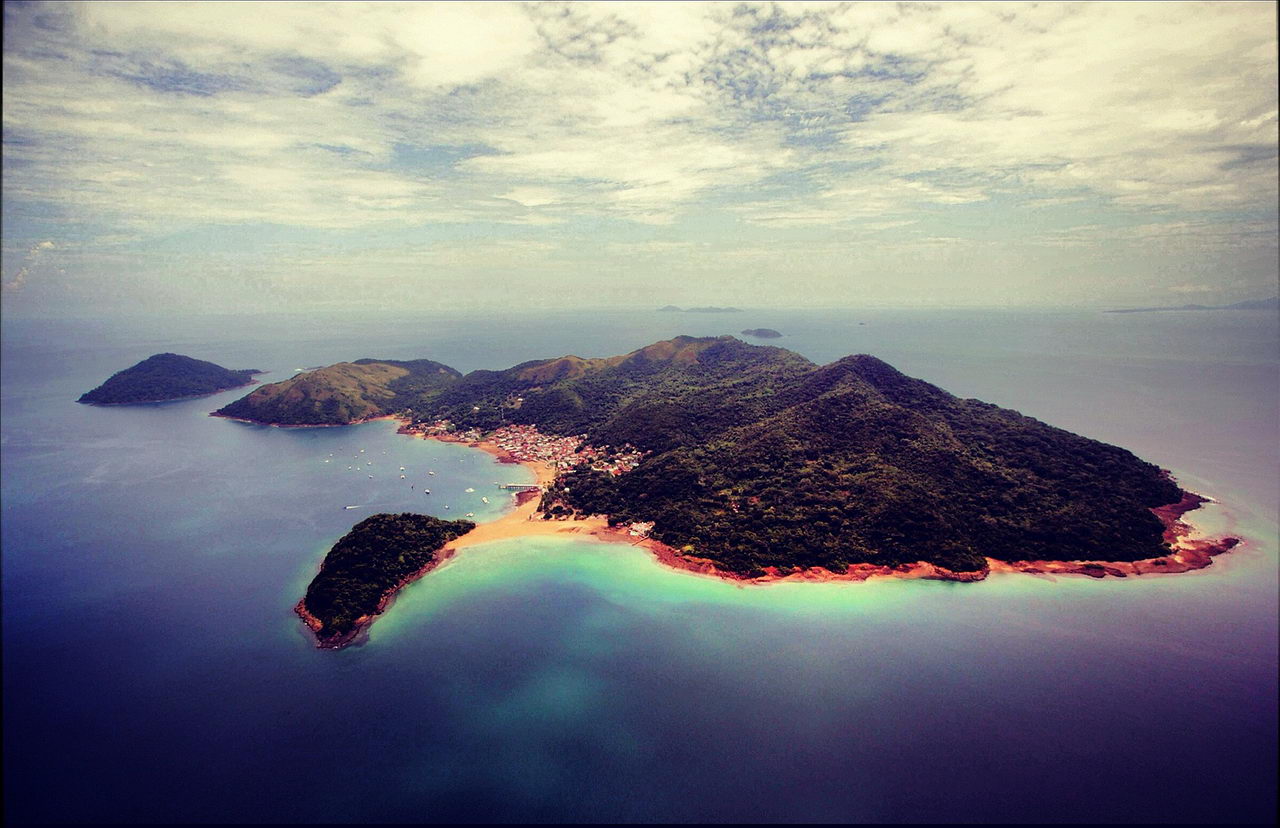
 |
Pearl Islands Indigenous peoples populated the Pearl Islands until Spanish Conquistadors discovered the archipelagos’ wealth of pearls in the 1500s. The islands gained new popularity after being featured on the reality television show Survivor. The islands feature lush forests surrounded by white sandy beaches. Contadora Island is the most developed of the Pearl Islands, with several resorts and an airstrip. Visitors can charter private yachts to cruise and explore the islands. |
|
The Amador Causeway Connecting the three islands by the entrance to the Panama Canal to the mainland, from the causeway, there is a terrific view of Panama City, and the Bridge of the Americas. Many Panamanians like to spend their weekends jogging, riding a bicycle or rollerblading down the causeway, or having a meal or drinks in one of the many restaurants and bars on the islands. |
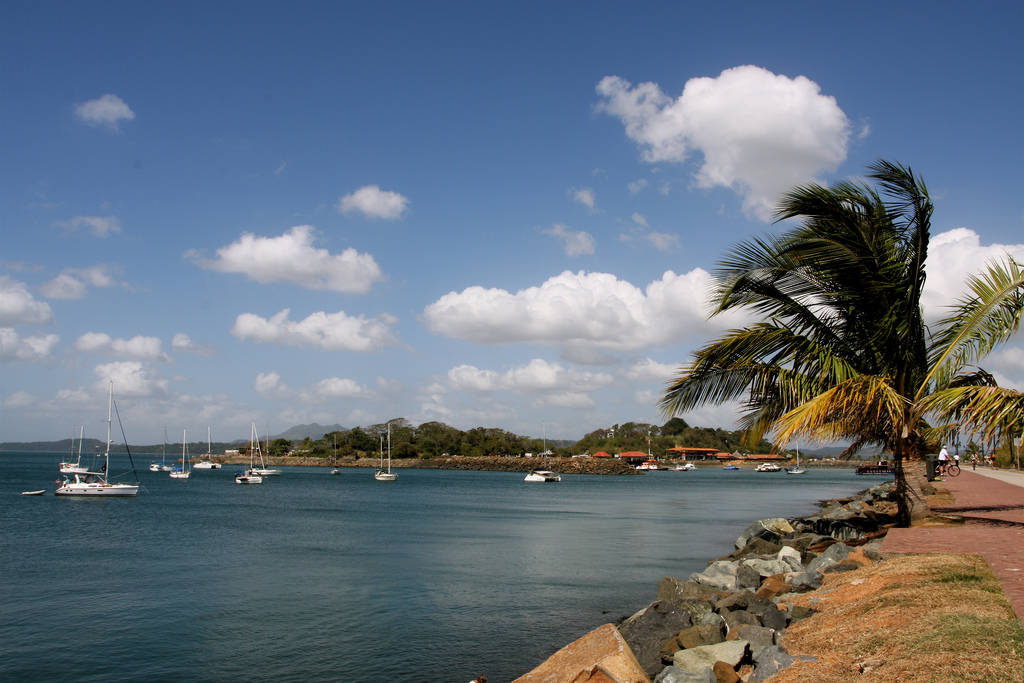 |
Sendero Los Quetzales
Near the small town of Cerro Punto is one of Panama’s most beautiful trails; the 9 km route starts east of town and takes between four and seven hours. The trail winds through the cloud forest of Parque Nacional Volcán Barú and follows the Río Caldera, crossing it several times en route. It ends in the mountains above Boquete. The trail can also be hiked in reverse, but it’s entirely uphill from Boquete. Because the trail is not well marked, it is recommended to hire a guide or join an organized tour.
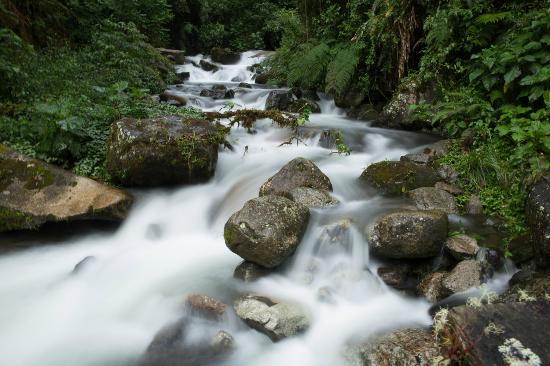
Things you shouldn’t miss in Panama!
-
Jungle experience
-
Drop by the Panama Canal
-
Full day hiking to La India Dormida and Thermal Baths
-
Exploration of the Embera Indigenous Community
-
Three-hour Drink Cruise aboard the Rio La Villa
-
Casco Viejo, Panama City's Historical Sector a UNESCO World Heritage Site
-
Bike or stroll on the Amador Causeway
-
Dine Out: Panama City- In the Top Ten Latin American Cities for Dining
-
Rainforest in the City: Ancon Hill and the Metropolitan Park
-
At nightfall, Panama City becomes a nightlife hotspot. Casinos, clubs, and bars with exquisite views and venues come alive. Enjoy creative tropical drinks and sensual Latin music and dancing.
-
Shop for Souvenirs and Native Handicrafts
Top cities of Panama
Colón

With its colonial grandeur crumbling and its neighborhoods marginalized, Colón is the city that Panama forgot, in spite of vigorous development meant to court Caribbean cruise ships. Prior to 1869, the railroad connecting Panama City and Colón was the only rapid transit across the continental Western Hemisphere. A last whiff of prosperity was seen during the construction of the Panama Canal.
Santiago
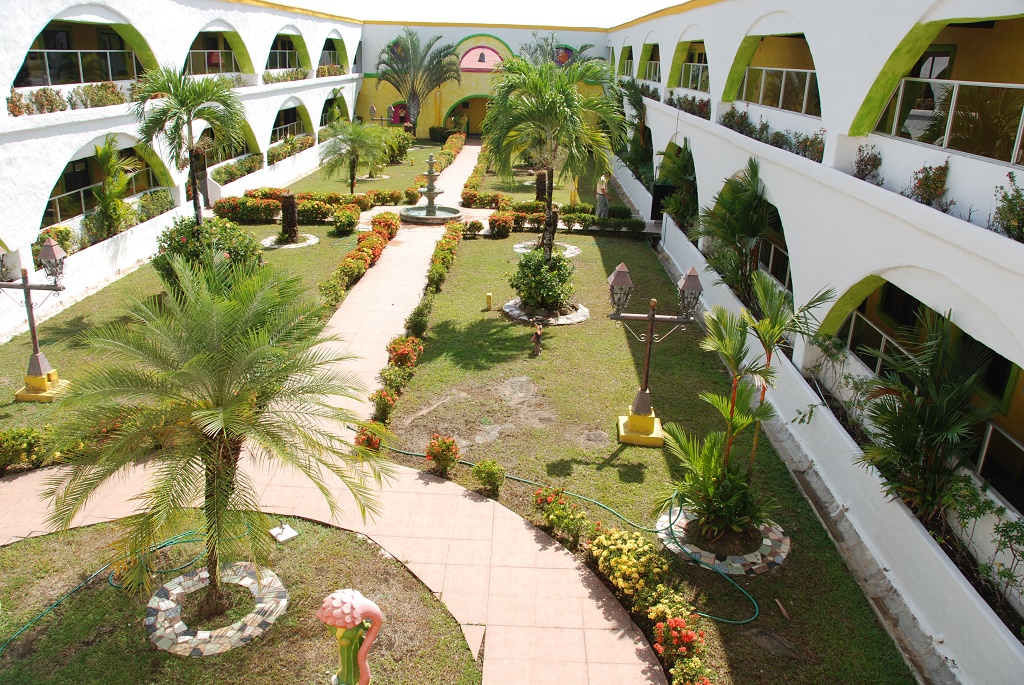 Santiago is located in the southern part of Veraguas province and is its capital city. Playa Santa Catalina is the prime tourist spot in Santiago thanks to its picturesque black sand beaches, while the downtown area offers an abundance of authentic colonial buildings. The city is also easy to access through the Ruben Cantu Airport, servicing domestic and international flights.
Santiago is located in the southern part of Veraguas province and is its capital city. Playa Santa Catalina is the prime tourist spot in Santiago thanks to its picturesque black sand beaches, while the downtown area offers an abundance of authentic colonial buildings. The city is also easy to access through the Ruben Cantu Airport, servicing domestic and international flights.
Portobelo

Portobelo, meaning "Beautiful Port," was named by Christopher Columbus and is heavy in Spanish art and architecture. This seaside city in Colon province houses several Spanish forts, the largest of which, San Jeronimo, was used to hide stolen Incan artifacts and boasts 18 cannons. Portobelo is also known for the Church San Felipe, home to a statue of the Black Christ.
Cristobal
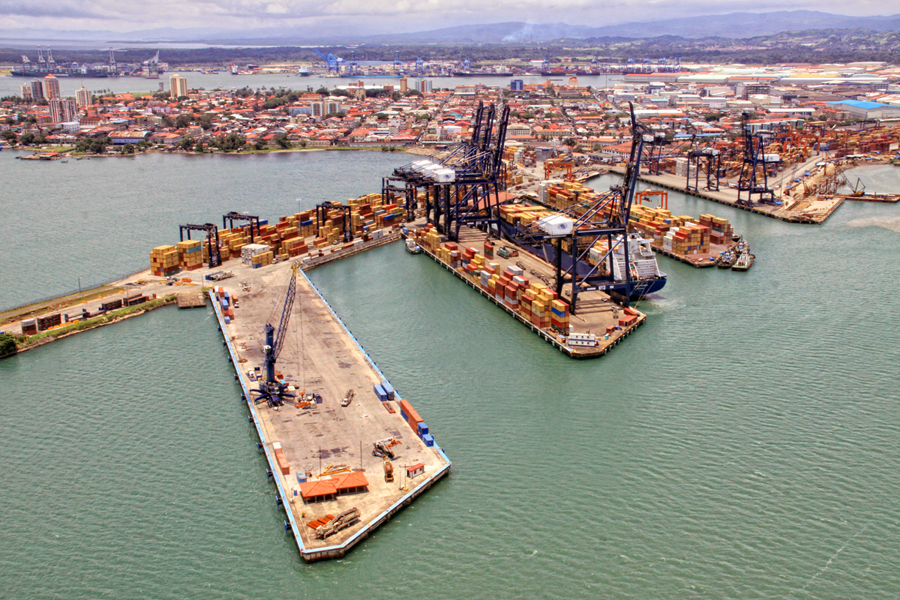
The port city of Cristobal neighbors Colon nestled on a narrow isthmus that connects Manzanillo Island with the mainland. The city's major point of interest is the Panama Canal, although visitors interested in local culture will also find a vast marketplace selling handmade goods such as baskets, jewelry, clothes and wood carvings. January through March offers the best weather.
David
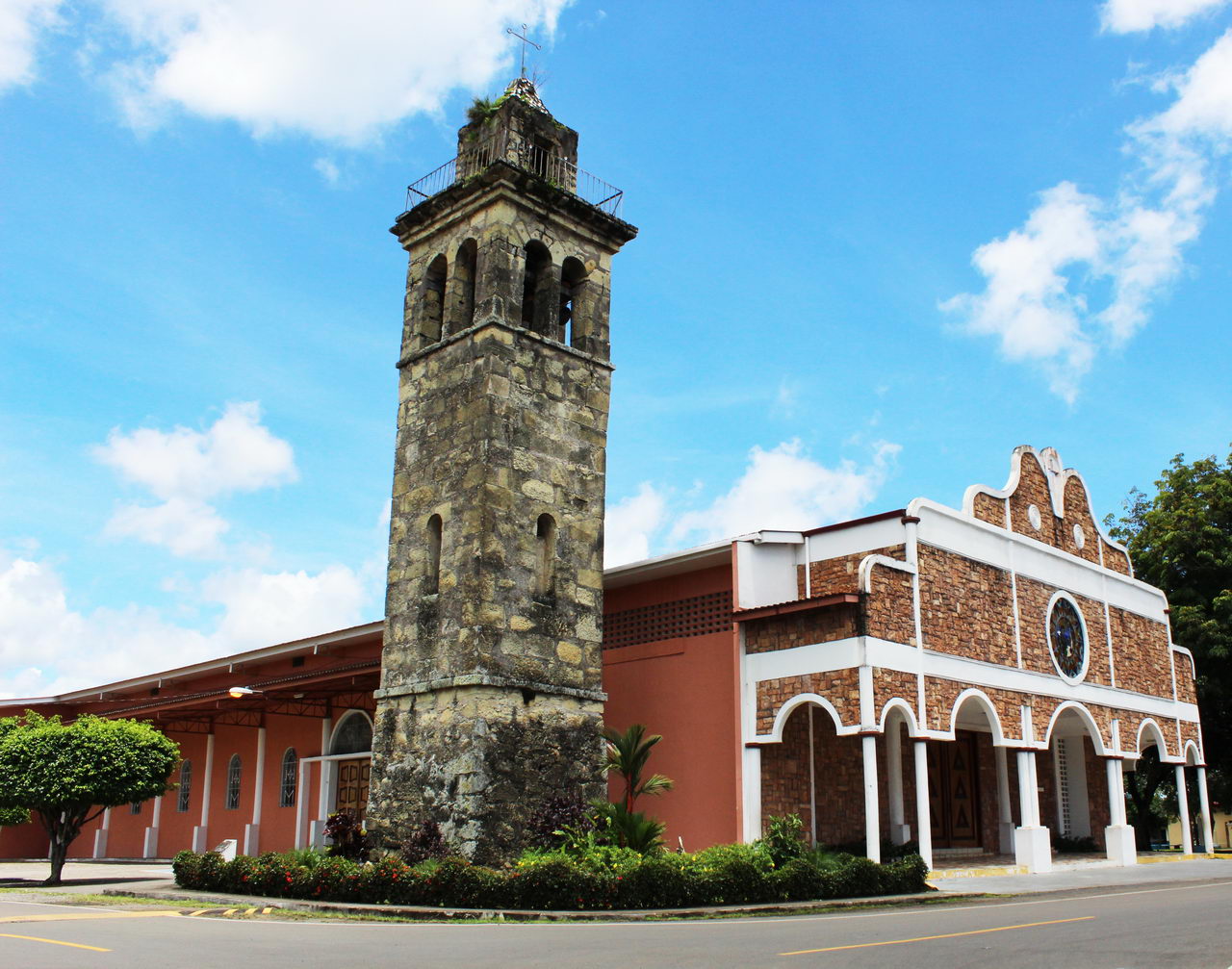
David is Panama's third-largest city and capital of the Chiriqui province. The popular tourist city is situated on a beautiful coastal plain near the Costa Rican border and allows easy access to the Bocas del Toro archipelago. Several resorts, cattle farms and a central city park are located here, while popular events include an annual industrial fair and the Children's Day Festival.
Entering this website you automatically agree the following terms and conditions even if You are not a registered user of the site. Images shown on the website, country and travel specifications, as well as the webdesignes are subject to copyright protection, Elegant Enterprises are All rights reserved. Prohibited the website all or partial copy, store, use, distribution and sale, without the written consent of the copyright owner of this website (Elegant Enterprises)